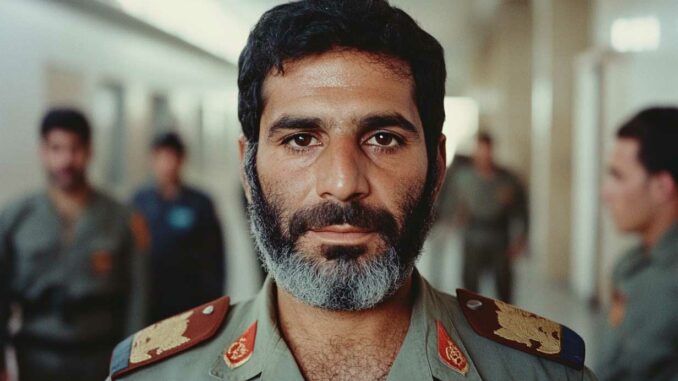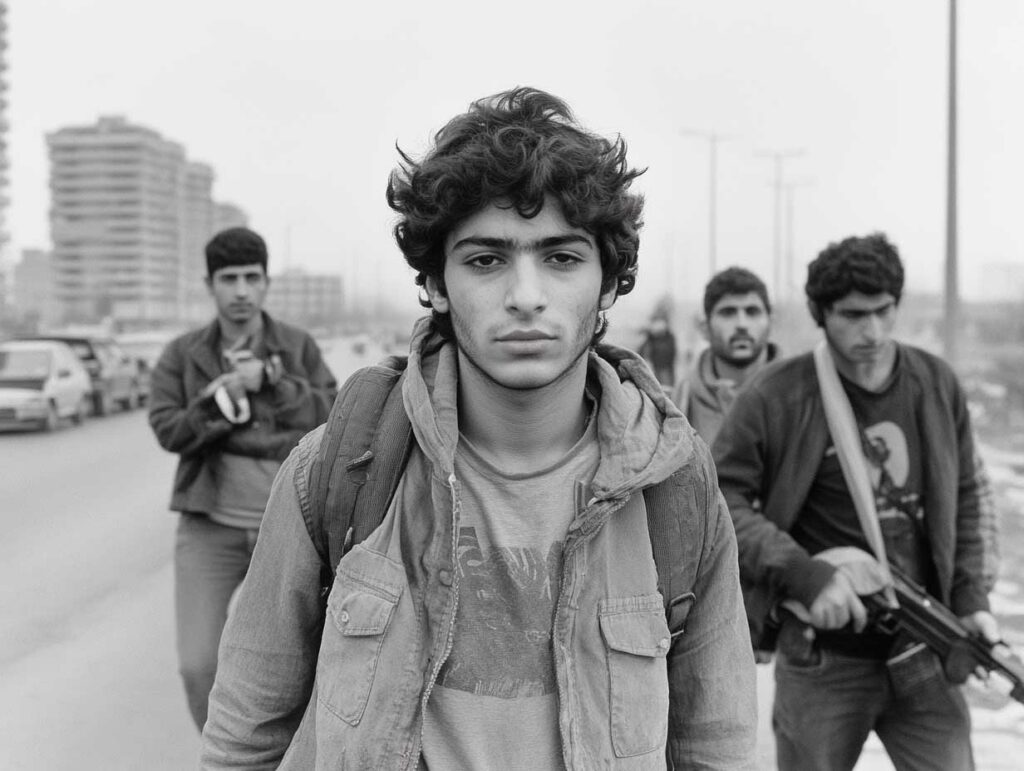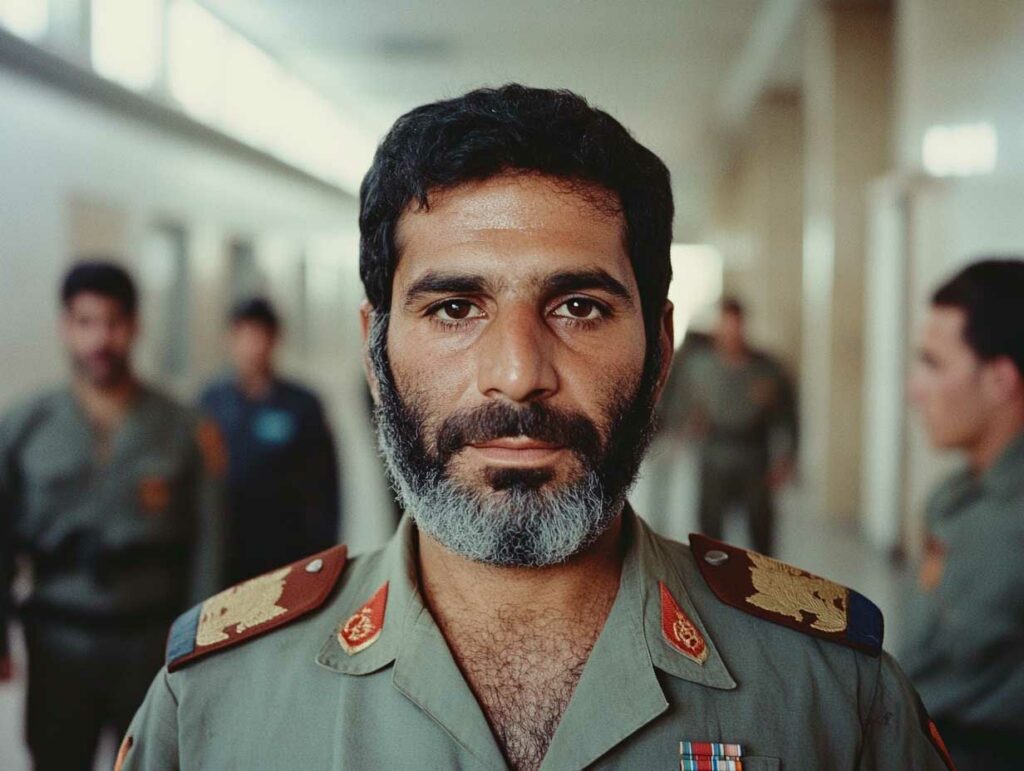
Iran is expanding its influence in the Middle East through supported militias, despite economic sanctions and growing nuclear tensions.
Since the Islamic Revolution of 1979, Iran has pursued a strategy of regional influence by supporting armed groups across the Middle East. These groups, such as Hezbollah in Lebanon, Hamas and Palestinian Islamic Jihad in the Palestinian territories, and the Houthis in Yemen, receive financial, logistical, and military support from Tehran. This policy aims to extend Iranian influence, counter regional adversaries, notably Saudi Arabia and Israel, and assert Shiite leadership over the Sunni majority in the Muslim world. However, this strategy has led to increased tensions, prolonged conflicts, and severe economic sanctions against Iran, affecting its economy and population.
A policy of influence by proxy
Iran has developed a strategy of regional influence by supporting armed groups that share its ideological vision. This policy, often referred to as “proxy warfare,” allows Tehran to extend its influence without directly engaging its armed forces.
Hezbollah in Lebanon is one of the most emblematic examples of this strategy. Created in 1982, this Shiite group receives substantial financial and military support from Iran. According to some estimates, Tehran provides it with around $700 million per year. Hezbollah has a substantial arsenal, including long-range missiles, and plays a major political role in Lebanon.
In the Palestinian territories, Iran supports Hamas and Palestinian Islamic Jihad, two Sunni groups opposed to Israel. This support, although trans-confessional, is part of Tehran’s desire to oppose the Jewish state. Hamas is believed to have received up to $350 million from Iran in 2023.
In Yemen, Iran supports the Houthis, a Zaidi Shiite movement in conflict with the Saudi-backed government. This support includes arms deliveries and technical assistance, contributing to the intensification of the Yemeni conflict.
This policy of influence also extends to Iraq, where Shiite militias such as Kata’ib Hezbollah and Asa’ib Ahl al-Haq receive Iranian support. These groups play a key role in Iraqi politics and have been involved in clashes with US forces.
In Syria, Iran supports the regime of Bashar al-Assad, notably by sending military advisers and foreign militias, such as the Fatemiyoun Brigade, composed of Afghan fighters. This support has been crucial to the survival of the Syrian regime in the face of rebellions.
This strategy allows Iran to project its influence, counter its adversaries, and strengthen its position in the region, while limiting direct risks to its armed forces.

Economic consequences of sanctions
Iran’s regional policy has led to severe economic sanctions, particularly from the United States and the European Union. These sanctions aim to limit Tehran’s financial and military capabilities by restricting its exports, particularly oil, and isolating its banking system.
In 2023, despite the sanctions, Iran exported around 1.4 million barrels of oil per day, generating an estimated $53-54 billion in revenue. However, these exports often take place via parallel channels, with significant discounts, particularly to China, the main buyer.
The sanctions have also caused high inflation, exceeding 40% in 2024, and a significant depreciation of the Iranian rial. According to some sources, between 27% and 50% of the population lives below the poverty line, with high unemployment, particularly among young people. ([Wikipedia][3])
This difficult economic situation has led to internal protests, although these have been suppressed by the authorities. Growing popular discontent could pose a challenge to the Iranian regime, which is already facing external pressures.
Nuclear tensions and international diplomacy
Alongside its regional policy, Iran is pursuing a controversial nuclear program. Negotiations with the US and other world powers aim to limit Tehran’s uranium enrichment in exchange for sanctions relief.
Iran is currently enriching uranium to 60%, close to the level required for a nuclear weapon. The US is demanding a complete halt to enrichment, while Iran insists on its right to develop a civilian nuclear program.
Negotiations are complicated by mutual mistrust and regional tensions. Israel has expressed its determination to prevent Iran from acquiring nuclear weapons, including by military means if necessary. For its part, Iran has warned that it would consider any Israeli attack as a joint aggression with the United States.
These tensions increase the risk of open conflict, with potentially serious consequences for regional and global stability.

Strategic alliances and geopolitical implications
Faced with Western isolation, Iran is seeking to strengthen its alliances with non-Western powers, notably Russia and China. In May 2025, the Iranian parliament approved a 20-year strategic partnership with Russia, including military and economic cooperation.
This partnership provides for joint military exercises, mutual support in the face of common threats, and increased collaboration in the technological and energy fields. It is part of a desire to create a common front against Western sanctions and to diversify Iran’s economic partnerships.
This alliance with Russia, which is already engaged in a conflict in Ukraine, could have significant geopolitical implications by strengthening opposition to the US and its allies.
Future prospects and challenges
Iran’s regional strategy, combined with its nuclear program and international alliances, places the country at the heart of the geopolitical dynamics of the Middle East. However, internal economic challenges, social tensions, and external pressures could force Tehran to reevaluate some of its policies.
De-escalating tensions would require compromises on both sides, particularly on the nuclear program and support for armed groups. The international community, especially regional and global powers, has a crucial role to play in finding lasting diplomatic solutions.
Iran’s future will depend on its ability to balance its regional ambitions with internal economic and social realities, while navigating a complex and constantly evolving international environment.
War Wings Daily is an independant magazine.